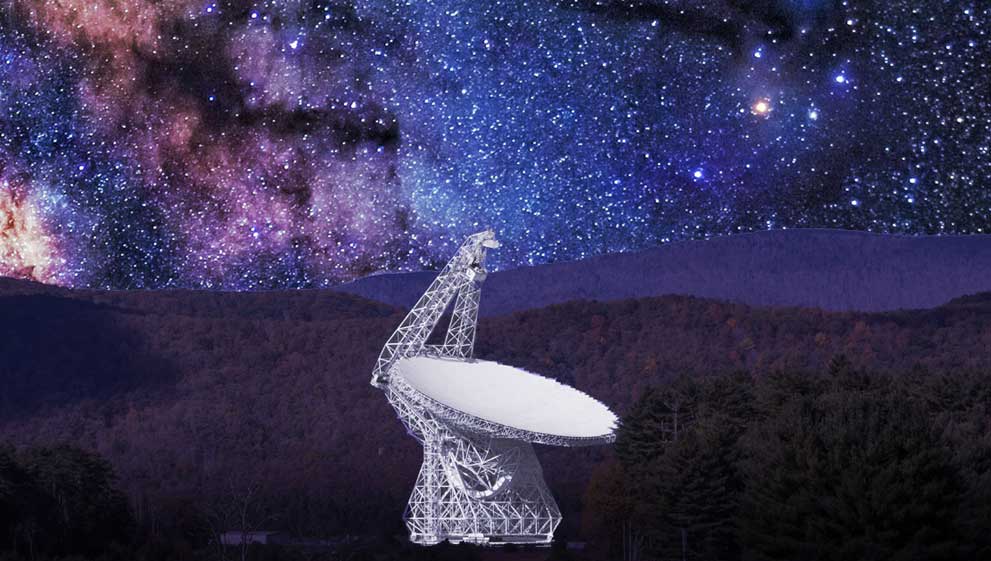Researchers have used a radio telescope to discover tthe fastest known radio pulses from beyond our galaxy, concealed within thirty minutes worth of data. The results, which were released in the journal Nature Astronomy on October 19, should help scientists in determining the origin of these alien pulses. The Green Bank Telescope, in West Virginia, detected eight ultrafast Fast radio bursts (FRBs) coming from a source located three billion light-years away. The brief duration of each intense pulse was 10 millionths of a second or less, making them the fastest bursts yet observed.
Fast radio bursts (FRBs) are very brief, high-energy electromagnetic radiation pulses that typically come from sources outside of our galaxy. The majority emit as much energy in one thousandth of a second as the sun does in a day, lasting anywhere from one to three seconds.
The West Virginia's Green Bank Telescope, which recorded the radio pulses, stands 485 feet (148 metres) tall, and weighs 7,600 metric tonnes (8,400 short tonnes). The Green Bank Telescope's active surface is 100 by 110 metres, and its 2,004 surface panels have 2,209 actuators, small motors that change their positions, for a total collecting area of 2.3 acres (9,300 m2). The Telescope uses stainless steel in the construction of its instruments, in various stainless steel tubing, and also the 16-meter-tall stainless steel mesh screen that encircles the reflector's 1 kilometre perimeter.
The closest thing we have to the huge 'bowl' used by the Green Bank's telescope are our Stainless Steel inset bowls which are way smaller and unfortunately don't have the ability to receive alien signals from space.
